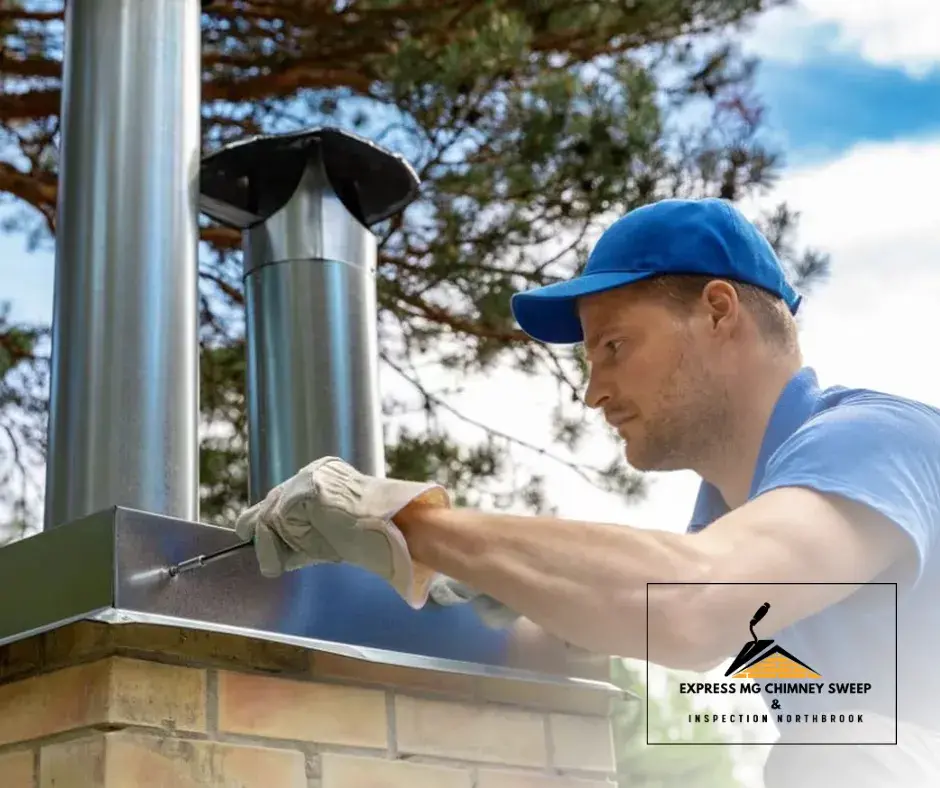A leaking chimney can lead to extensive and costly damage if left unchecked. Recognizing the early warning signs of chimney leaks is essential for homeowners to address the issue promptly. Timely chimney repair not only prevents structural damage but also protects your home from moisture-related problems that can compromise its integrity.
Common Indicators of Chimney Leaks
One of the most noticeable signs of a chimney leak is water stains on walls or ceilings near the chimney. These stains often indicate that moisture is seeping through cracks or damaged mortar. Another common symptom is a musty odor, which develops when water infiltrates the chimney and creates damp conditions favorable for mold growth.
Efflorescence, or white staining on the chimney’s exterior, is another warning sign. This residue forms as water evaporates, leaving behind mineral deposits. Over time, efflorescence can weaken the brickwork, making professional chimney repair necessary to restore the structure’s stability. Additionally, rust on the damper or fireplace accessories suggests prolonged exposure to moisture, often a result of undetected leaks.
Inspecting Your Chimney for Damage
Regular inspections are crucial for identifying chimney leaks before they escalate into major problems. Start by examining the chimney cap and flashing. A missing or damaged chimney cap allows rainwater to enter directly, while improperly sealed flashing creates gaps where water seeps in. These components are essential for keeping the chimney watertight and reducing the likelihood of needing extensive chimney repair.
Cracked or deteriorating mortar joints are another area of concern. Exposure to weather conditions over time erodes the mortar, creating pathways for water infiltration. Spalling bricks, or bricks that have flaked or crumbled due to moisture, also signal that immediate chimney repair is required.
Interior inspections are equally important. Look for signs of water damage inside the fireplace, such as warped wood or peeling paint. These issues often point to leaks higher up in the chimney structure. Addressing these problems promptly minimizes further damage and helps maintain the chimney’s functionality.
Preventing Major Damage with Chimney Repair
Preventive maintenance and timely chimney repair are critical for mitigating the impact of leaks. Repairing cracked mortar and replacing damaged flashing are effective ways to prevent water from entering the structure. Additionally, applying waterproofing treatments to the chimney exterior creates a protective barrier against moisture, reducing the risk of future leaks.
Scheduling regular inspections with a professional ensures potential issues are detected early. Professionals use specialized tools to identify hidden leaks and recommend targeted chimney repair solutions. Addressing leaks at the first sign of trouble preserves the chimney’s functionality and protects your home from extensive water damage.
By staying proactive and prioritizing chimney repair as needed, homeowners can avoid costly repairs, maintain the integrity of their chimneys, and ensure their home remains safe and dry for years to come.
Read More:

